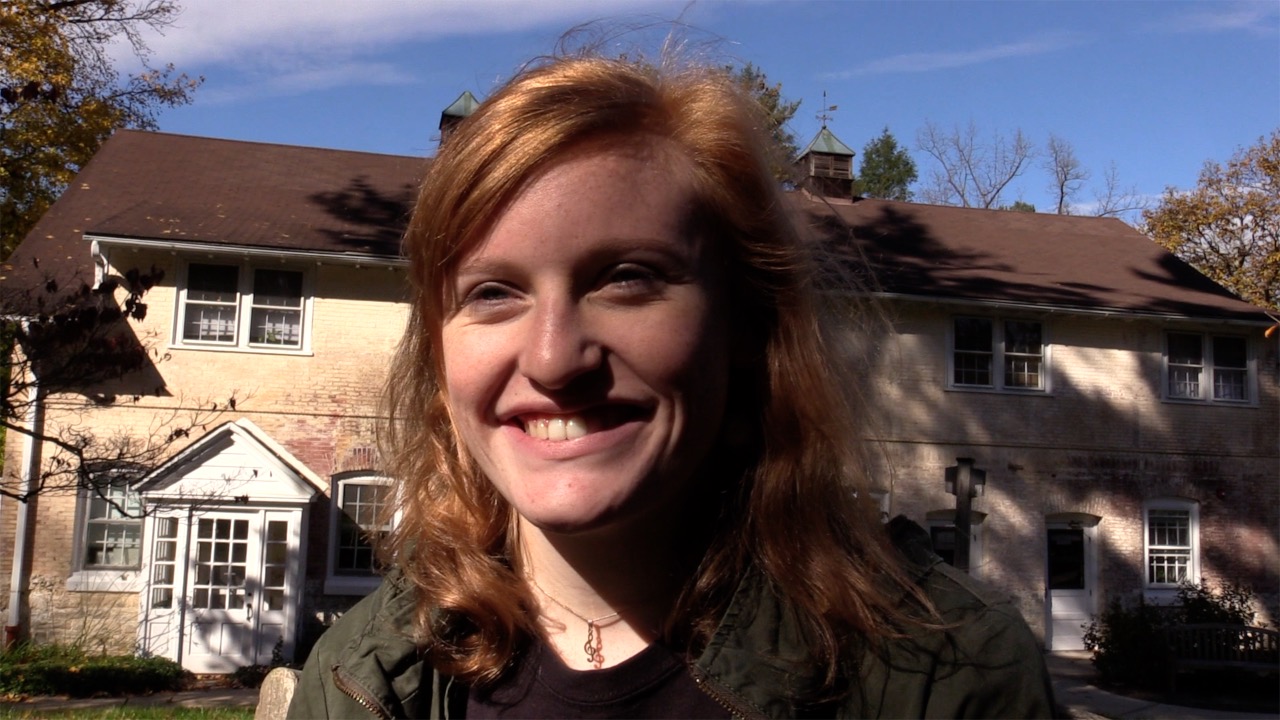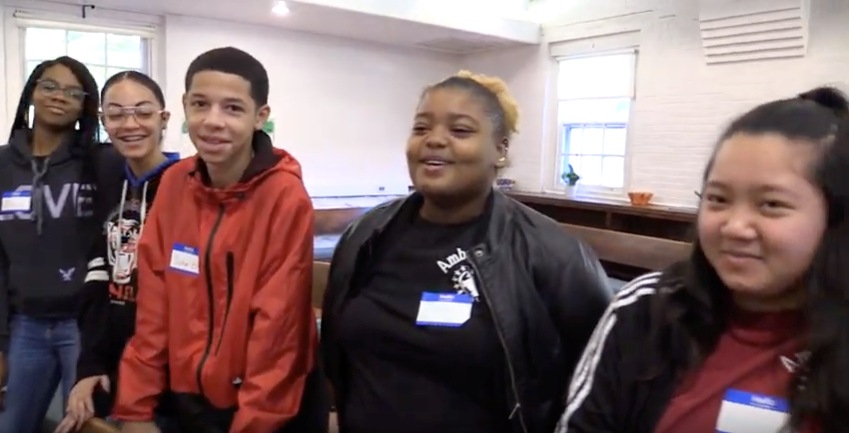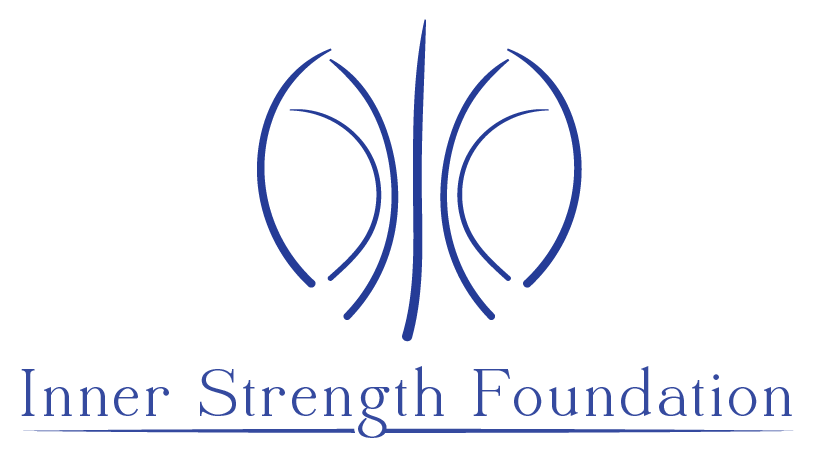
Amy Edelstein leads Bodine High School Students in a mindfulness exercise.
This January, I was in a crowded reception room filled with 300 of Philadelphia’s visionaries, activists, and funders. It was a lively and friendly gathering. Lots of passionate voices discussing everything from the accomplishments of the new district attorney, to a start-up incubator lab for social entrepreneurs, to the great hors d’oeuvres. Before the evening was over, I would be called to the podium to receive the Social Innovations Journal’s 2019 Social Innovation Silver Award for Anti-Violence.
I’m moved and appreciative that my work was recognized among my peers. It also led me to reflect more on how you define social innovation and how you identify social innovators? Among all the good work happening in the City, how do you choose what is truly new and visionary and how do you determine what might have the potential to create social change?
It made me reflect on what goes into social impact work that has that potential to be a culture hack, a positive disruptor of negative trends, a goodwill force that sets a current in motion and brings inspiration and transformation to a culture. I began to think about the social aspect as well as the ingredients for innovation. Here are three factors I believe social innovators work with -- consciously or unconsciously -- which makes their work greater than the sum of its parts. These three factors turn a good project into self-generating momentum that transforms the world for the benefit of us all.
People
We are social organisms. Human beings live in relationship with each other and our surroundings. We once gathered in clans and tribes. Now we gather in families, neighborhoods, and cities. How we work affects one another. A social innovator keeps a finger on the pulse of our relatedness, like a doctor feeling for subtle rhythms. They sense when there is strength, evenness, and health in our connections. In whatever program or service they run, an innovator feels for that balance point and helps to shift imbalance. With eyes that perceive currents in our shared space rather than just seeing individuals co-existing, a social innovator notices the rising tides that are yearning to crest and bring about new and better ways to be together. A social innovator creates a sense of ease, inspiration, and connectedness among the people they work with. This sphere of goodness and safety enables people to loosen their guard and open up to the new. They become fascinated by what is being offered, bringing about learning, changing, and healing in the process.
Place
Even the most subtle or intimate transformation occurs in a larger context or environment. Social innovators recognize that whether you are working with one individual in an in depth way or with a larger group of people across macro communication systems, we all affect one another. We are also all affected by our surroundings. Imagine trying to improve the life conditions for a school of fish, without taking into account the quality and temperature of the water they swim in. It is the same with social ventures. Whether we work directly with systemic or environmental factors or not, if we want to create real change, we must be aware of our surroundings and of the broader influences on that environment.
Being curious about what factors have shaped an environment allows us to reflect on the people and challenges we work with in very different ways. It reveals unanticipated discoveries. Rather than addressing a specific problem from our own (familiar) vantage point, we allow ourselves, metaphorically, to walk around the issue, looking at it from new angles, new perspectives. Letting our minds wander in attentive but unstructured exploration reveals new insights, questions, and revelations about the environment we are working in.
Our contemplations can include anything and everything. We can reflect on the history of a neighborhood, how and when it was founded, the urban planning and layout, the way commerce is conducted, the ease of travel, the aesthetics, the greenery, and the human migration patterns. Is the environment pleasant and if so, what makes it so? If it is unpleasant, what makes it so? Are there tension points that make moving through the building or streets difficult, confusing, or inconvenient? Are there small changes that could make a difference? If it’s a building you have control over, can you make the signage clear and welcoming? Can you make directions easy to follow? If it’s a neighborhood you have no control over, can you be aware of the way the streets, sidewalks, and commerce supports connection and communication or likewise inhibits it? As you grow in your influence, can you help bring about small changes to improve the aesthetics and accessibility?
How do race, immigration, employment, religion, incarceration, language, social mobility, or gentrification affect the environment? What has social or economic trajectory of this area been over the last 20, 100, or even 300 years? What is the deeper history, 1,000 years back, 3,000 years ago, and 15,000 years ago?
A social innovator may not ask all these things, but they are aware of the importance of place, of creating “home,” a sense of welcome, acceptance, and purpose. They know that in the simplest of surroundings, we can exhibit a sense of hope. I will never forget the impoverished Tibetan refugee settlement community I lived near, where almost every home was made out of big cooking oil tins pounded flat and held together by notched corners since there was no extra money for nails. These homes had brilliant flowers planted in discarded food cans blooming outside their doors. In that splash of voluptuous magenta and rose lived hope and happiness. In that blossom’s striving to reach the sun lived all our human striving to reach for a good life.

Philadelphia teenager experiences the benefits of mindfulness, from better self-understand to increased happiness.
Pivot Points
Social innovators choose an inflection point to work on. Sometimes that fulcrum point chooses them. These are points where focus and input can result in non-linear evolution, causing a ripple effect in the greater surroundings. Pivot points move culture. They churn a turn of the tide. An uprising of inspiration, faith, and transformation. When we find those pivot points, our work takes a leap. It’s like an updraft that carries us above the challenges, and then we start to move forward, fast.
Sometimes we don’t realize what that inflection point is. Social innovators follow the openings. That mysterious call. Sometimes we find that what seemed like one small event or chance encounter turns into an opening big enough for many to walk through. That’s when the magic of social innovation takes over the hard work of culture change.
Finding the inflection point is perhaps the key ingredient of the innovator’s special sauce. Call it instinct or inner vision. Call it intuition or illogical logic. When we stumble on it, even if it seems like luck, somehow, we know. We identify that little point as the catalyst that could catapult our work into a different order of influence and change.

Philadelphia teens on a "Happy from the Inside" school retreat.
I work with teenagers, teaching them how to stress less and find sources of happiness and well-being within themselves. I didn’t really plan on it. In fact, I didn’t really choose adolescents. Circumstances chose them. Or maybe it chose to put us together. As I found out though, teenagers are a cultural pivot point.
We all know about peer pressure. Parents and teachers regularly wring their hands about the havoc peer pressure can wreak. This aspect of adolescence, related to important changes in the brain at this stage of development, can lead to great improvements in a grassroots, decentralized manner. Teens influence other teens. Awareness and compassion can become a habit. Happier, kinder, more thoughtful teens have an impact on their friends, siblings, and classmates.
Teens are impulsive, their brains are developing, favoring the exploratory and the new. They are looking to discover and trying to figure out what life is all about. Teaching teens new ways of seeing can stick. New perspectives that help them make better sense of the world around them and that provide solid ground beneath their feet leaves a lasting impression. Teens are, for the most part, still dependent on their families, and yet they are also beginning to be part of the adult culture around them. They carry new memes into the home and into the broader culture, providing an invisible bridge and connectivity that has influence across age groups.
When I see teens together, sharing the fruits of the social innovations they are learning, for example, the calm, curiosity, and care they learn through inner strength mindful awareness and systems thinking, I see them making the new into the familiar. I see “innovation” turning into “norm.” I see lightening in a bottle.
Look around you with the eyes of an innovator. Don’t assume that “that role” is for “all those other people.” Notice connections, people. Notice surroundings, place. Notice small but significant synchronicities, pivot points. And let’s let that lightning out of the bottle and light up our world.

Author bio
Amy Edelstein is the founder of Inner Strength, a program that has supported nearly 6,000 inner city teens since 2014 with the tools of mindfulness and systems thinking. She was awarded the Social Innovations Journal 2019 Social Innovations Award in the Silver category for Anti Violence. For more about Amy’s work with teens visit www.InnerStrengthFoundation.net.


